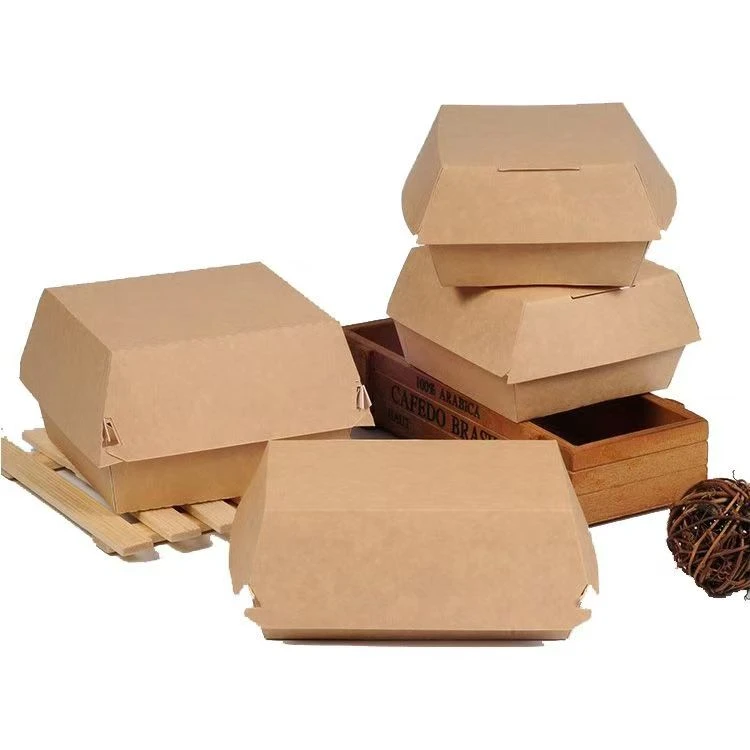2 月 . 03, 2025 01:17
Oyster trays have rapidly become an essential element in the sustainable aquaculture of oysters, paving the way for both small-scale farms and large commercial operations to optimize their yield and product quality. Their popularity lies in their ability to provide the ideal environment for oyster growth while maintaining a balance with the surrounding ecosystem.

Oyster farming has gained momentum as a sustainable aquaculture practice primarily due to its ecological benefits, with oysters known to improve water quality and biodiversity.
Oyster trays, integral to this practice, offer an efficient way to maximize these benefits. Consisting typically of sturdy, stackable containers, oyster trays allow for controlled shellfish development. The design ensures an enhanced flow of water and nutrients, critical for the oysters’ growth, and significantly reduces their mortality rate by protecting them from predators and turbulent water conditions.
These trays are constructed from robust, durable materials designed to withstand harsh marine conditions, making them a reliable investment for oyster farmers. Materials such as UV-stabilized plastics and coated metals are commonly used to withstand corrosion and to offer a prolonged lifespan, thereby ensuring the tray's functionality and efficiency.

The stackable nature of oyster trays is particularly advantageous in marine farming. By maximizing vertical space use, farmers can utilize a relatively small area to cultivate a large number of oysters. This is especially crucial in offshore farming where space is often at a premium. Additionally, the ability to customize the depth and sectioning of trays allows farmers to optimize conditions for different stages of oyster growth, from spat to market size.
The implementation of oyster trays is not only about structure but also about enhancing the oysters' quality. The controlled environment helps in producing oysters with a cleaner, more desirable shell quality and meat texture, often fetching a higher market price. Experts in the field have observed that oyster trays, when correctly managed, preserve the flavor and consistency of the oysters, contributing to a better product that appeals to high-end markets globally.
oyster trays
Part of the trays' effectiveness is linked to the expertise of the farmers who manage them. Well-versed in the biological needs and growth patterns of oysters, experienced farmers optimize the positioning, density, and maintenance of these trays. By reducing fouling through regular cleaning, farmers ensure that the oysters have constant access to fresh, nutrient-rich water, a critical step in sustainable aquaculture practices.
From an authoritative standpoint, various studies and reports consolidate the significant role oyster trays play in sustainable farming. Their impact resonates within the scientific community, which consistently promotes enhanced practices for marine conservation. These studies underscore the trays' contribution not only to productivity but also to the broader environmental health, reinforcing their credibility as a cornerstone of sustainable aquaculture.
Trustworthiness in the usage of oyster trays also extends to their ecological fit. Unlike traditional methods such as dredging, which can damage marine habitats, properly managed oyster trays have minimal negative impact. They act as artificial reefs, promoting marine life and increasing biodiversity, thus maintaining, if not enhancing, the natural habitat.
Reflecting on real-world applications, case studies from various coastal regions highlight the success stories surrounding oyster tray usage. For example, farmers in the Chesapeake Bay area have effectively utilized these trays to revitalize the region’s oyster population, damaged by overfishing and pollution in previous decades. The usage here exemplifies a commitment to restoring intertidal ecosystems while meeting the demand for oysters.
In conclusion, oyster trays are revolutionizing oyster farming by merging efficiency, quality enhancement, and ecological sustainability. Through their durable design and adaptability, they serve as a keystone tool for experienced oyster farmers aiming to produce superior oysters while maintaining a commitment to environmental stewardship. As experts, farmers, and researchers continue to innovate and refine their usage, oyster trays represent a promising path forward in sustainable aquaculture, aligning with global culinary and environmental demands.





